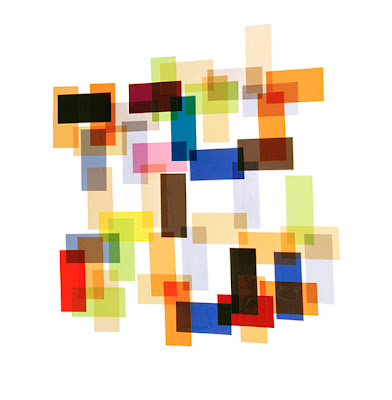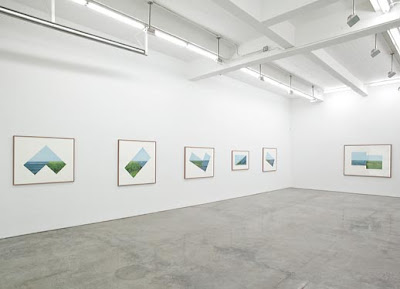 An excerpt from her interview with Humble Arts on her Solo show:
An excerpt from her interview with Humble Arts on her Solo show:
“JF: Without reducing you to a specific “school†of photography, you seem to be in company with a generation of young photographers interested in the physical process of photography, yet your work also deals with larger issues/metaphors related to illusion, performance and perception. Do you see your work being in dialog with that of say Jessica Eaton, Sam Falls, or Lucas Blalock? How do you see it standing apart? Do you see a dialog between early photographers like Man Ray as well? What do you think spawned this rebirth of process driven work?
JL: Photography is evolving as a medium, and things that were once uniquely photographic are now being questioned. I believe that the prevalence of process-oriented photography is a response to the saturation and ease of digital technologies. I don’t think that photographers are necessarily reacting against the digital technologies; more that we are inspired by the creative potentials new technology is opening up. There is a feeling of freedom to appropriate techniques from other mediums, as well as looking to the past for more tactile approaches to photography. The popularity of photograms and collage are good examples of this. I also think elaborate and complicated photographic processes are a way for artists to slow things down. Everything moves with such speed in our lives, creating works that require the investment of hours of labor seem to be a way to counteract this.



